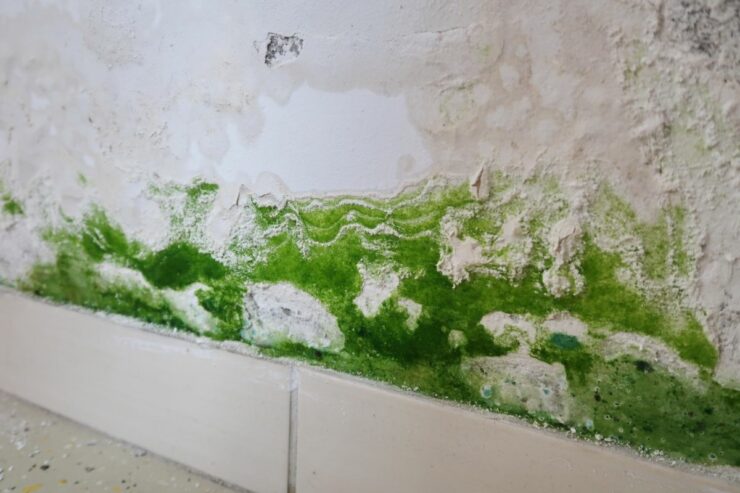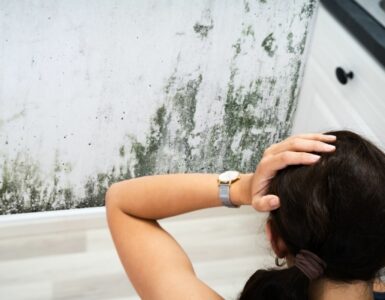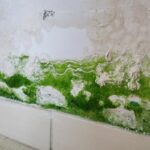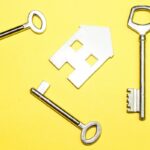Molds thrive around musty areas such as your bathroom under the sink or generally anywhere in the house where there is dampness. Mold and mildew are fungi that help natural elements break down and become biodegradable. While they are helpful outside in your pile of trash inside the house, they are not welcome. They may damage your paint and wall, and even worse, they may have profound health implications. They have tiny pores, which you may inhale and, as a result, may cause throat irritation, sneezing, and coughing. Molds may also cause skin irritation if they come into contact with your skin.
Aside from dampness, you may pick other clues that indicate mold infestation in your house. Look out for discolored spots on your walls and floors. Other times it’s hard to see the presence of molds since they may be in hidden sections. Therefore, if you suspect the presence of mold and you are wondering how to inspect for mold damage in my house, then here are some ways you can test for them.
Search For Mold In All The Hidden Areas In The House
For their natural growth, molds require a humid and damp environment. Areas with plumbing leakage are most likely going to harbor molds, and thus, you should check around such sites first and get them fixed. If you cannot do it yourself, it is best to call a professional plumber to avoid a recurrence of the same. Ignoring these plumbing issues may lead to extra costs in the future when trying to get rid of the molds. You can easily spot mold that grows in open places and promptly remove them, but how about areas that you can’t see or least suspect? In case of a dump smell without any visible mold signs, the chances are that they are present. Hence it would be best if you were on the lookout. Some of the hidden areas that you should look through include;
- Behind the fridge
- Under newspaper or cardboard stacks
- Around a wall that is near a leaking window
- Ventilation passages
- Under a carpet that was once damp
- Around any wall that has been exposed to floods
Probe The Suspected Place With A Screwdriver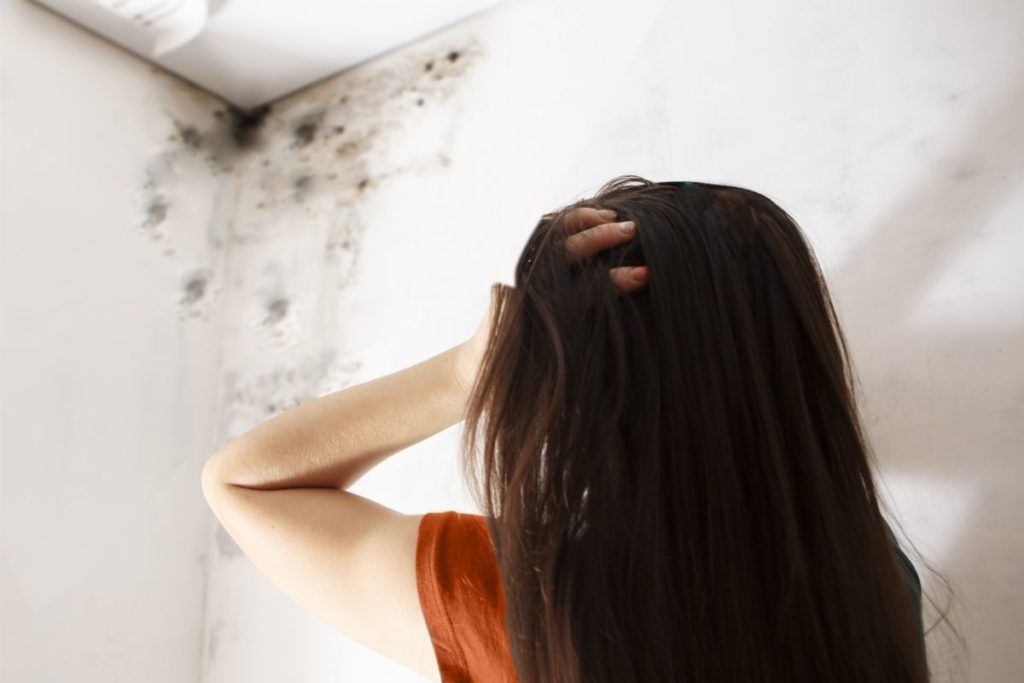
Mold causes rot and even the peeling of paint. If you want to find out whether there is mold, poke the suspected area with a screwdriver. If the wood crumbles, the site has been heavily infested, and it’s beginning to rot. Molds lead to premature paint failure due to blistering and cracking which is a sign of mold presence. Thus you can probe the area further to check the extent of the damage and mold growth.
Look Through The Duct-work
If there is no dampness or leakage under the ceiling yet, there is the presence of molds. You should look at the duct-work. Chances are it has been poorly insulated, and thus moist air condenses and forms water on it hence transferring cold air through the small spaces to the ceiling. The condensation indicates that the duct does not have a vapor barrier. Eventually, the insulation is soaked with water, and molds start to grow. During cold weather the vice versa takes place. Where warm air escapes from moisture is formed. Therefore to test for mold, you must also check the duct-work to ensure it is perfectly insulated.
Use A Mold Test Kit
If you still can’t tell where the molds are, you can opt for a test kit. The test kit makes it easy to identify the infested areas without necessarily searching. You can use a mold test kit even to test the air for the presence of mold. Using the swab test kit is the easiest way to test for mold. All you have to do is swab the suspected area, make it wet using the solution in the syringe then pass it through the test strip. If two lines appear, then the test is positive, while a single line indicates no molds in that area. If the molds are present, you can decide to remove them or seek professional help. Should they be missing, you can choose to prevent them from growing by sorting out a leakage or any other cause that may lead to their growth.
Conclusion
Molds may exist in your home even when your eyes and nose fail to identify where they are situated. Some are visible, while some are hidden. Therefore you need to carry out a thorough inspection to determine the hidden infested areas. Mold does not only destroy your wallpaper, paint, or wood. Its ramifications on your health are a lot too. You may develop breathing difficulties or endless headaches that may cause discomfort. Therefore finding them and looking for a long-term solution to end the infestation is essential.

